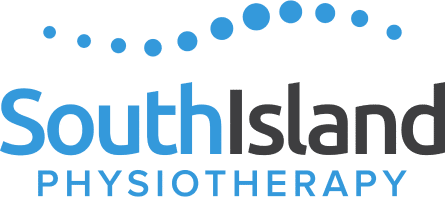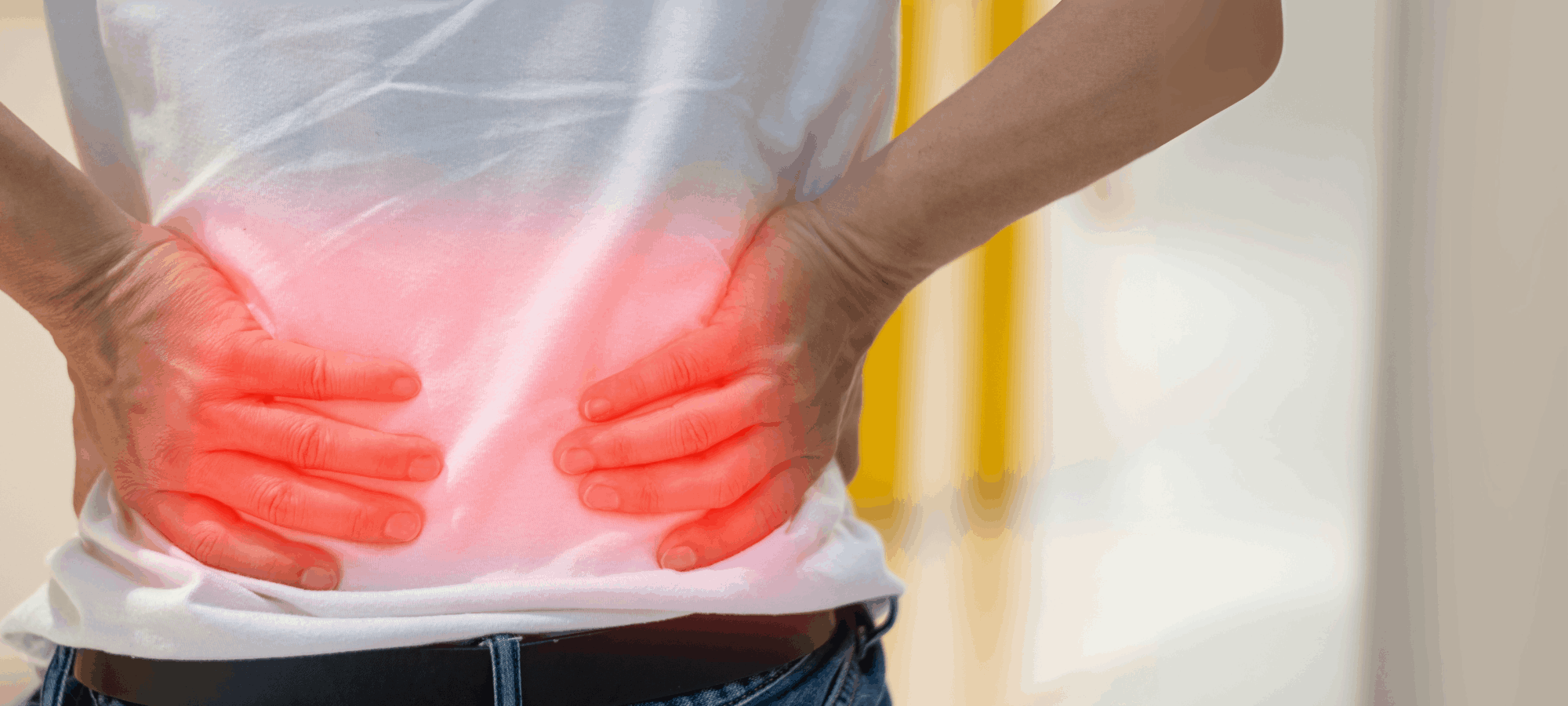Reclaiming Your Life After a Herniated Disc: An Evidence-Based Approach to Recovery
A herniated disc can be a life-altering condition, causing pain, limited mobility, and frustration. However, it is important to remember that the human body is highly adaptable, and with the right approach, most people can fully recover without the need for surgery. This article will explore the best evidence-based methods for reclaiming your life after a herniated disc, emphasizing conservative management and the body’s innate ability to heal.
Understanding Herniated Discs
A herniated disc, also referred to in lamen’s terms at times as a slipped or bulging disk, occurs when the soft, gel-like center of an intervertebral disc pushes through a tear in the tough outer layer. This can put pressure on nearby nerves, leading to symptoms such as lower back pain, leg pain (sciatica), numbness, and weakness. Herniated discs most commonly occur in the lumbar spine (lower back), but they can also develop in the cervical spine (neck), causing neck pain and discomfort radiating into the arms.
Causes of a Herniated Disc
– Wear and Tear: As we age, the intervertebral discs lose hydration and elasticity, making them less tolerant to physical stress.
– Sudden Strain: Lifting heavy objects improperly or engaging in abrupt twisting motions can cause a disc to herniate.
– Repetitive Stress: Jobs or activities that involve repetitive bending, lifting, or twisting can increase the risk of a slipped disk.
– Genetics: Some individuals may have a genetic predisposition to weaker discs, making them more susceptible to injury.
– Sedentary Lifestyle: Lack of movement and prolonged sitting can contribute to the weakening of spinal structures, increasing the likelihood of a bulging disk.
Conservative Management: The First Line of Defense
While surgery is sometimes necessary for severe cases, the vast majority of people with a herniated disc can recover through conservative treatments. Research consistently shows that non-surgical approaches are effective for managing symptoms and promoting healing.
1. Physical Therapy: The Backbone of Recovery
Physical therapy is one of the most effective ways to manage a herniated disk. A structured rehabilitation program can strengthen the muscles that support the spine, improve mobility, and reduce pain. A systematic review published in the Journal of Orthopaedic & Sports Physical Therapy found that targeted exercise programs significantly improve outcomes for individuals with lumbar disc herniation (Deyo et al., 2021).
Common exercises include:
– Resistance training: Strengthening the core muscles, improving overall fitness and understanding how to properly brace for lifting all reduces stress on the spine and supports recovery.
– McKenzie Method: A series of movements designed to alleviate pressure on the spinal nerves and promote healing.
– Mobility Exercises: Exploring the natural and complete range of lower back and hamstrings can relieve tension and improve mobility.
2. Medication for Pain Management
While medication does not heal a herniated disc, it can provide relief during the recovery process. Common medications include:
– NSAIDs (Non-Steroidal Anti-Inflammatory Drugs): Reduce inflammation and alleviate pain.
– Muscle Relaxants: Help manage muscle spasms associated with nerve compression.
– Oral Corticosteroids: Sometimes prescribed for short-term use to reduce severe inflammation.
According to a study published in the New England Journal of Medicine, NSAIDs have been shown to be effective in reducing lower back pain associated with disk herniation (Frymoyer et al., 2020). Although caution is recommended as prolonged use greater than 4 weeks can increase the risk of a GI bleed.
3. Spinal Manipulation: A Complementary Approach
Chiropractic care and spinal manipulation have been found to provide moderate relief for individuals with lower back pain due to disk herniation. A systematic review in The Spine Journal concluded that spinal manipulation can improve mobility and reduce pain when used alongside physical therapy (Rubinstein et al., 2021).
The Body’s Natural Healing Process
The body possesses a remarkable ability to heal itself, even in cases of a herniated disc. A study on sciatica recovery found that:
– 33% of patients recover within two weeks with conservative treatment.
– 75% of patients see substantial improvement after three months.
– 90% experience significant relief within six months.
The key to a successful recovery is patience and adherence to a well-structured rehabilitation program.
Optimizing Recovery: Practical Steps
To enhance healing and regain function, individuals should incorporate the following strategies:
1. Stay Active
While rest is essential in the initial phase, prolonged inactivity can delay recovery. Gentle activities like walking, swimming, and low-impact exercises help maintain mobility and reduce stiffness.
2. Adopt an Ergonomic Lifestyle
Proper posture and ergonomics play a crucial role in spinal health. Strategies include:
– Using a lumbar-supporting chair.
– Avoiding prolonged sitting.
– Sleeping on a firm mattress to maintain spinal alignment.
3. Weight Management
Excess weight can put additional strain on the lower back, increasing the risk of disk herniation. Maintaining a healthy weight through a balanced diet and regular exercise can aid recovery and prevent future issues.
4. Mind-Body Practices
Stress can exacerbate muscle tension and pain. Mindfulness-based stress reduction (MBSR), yoga, and meditation have been shown to improve pain perception and overall well-being in individuals with chronic back pain.
When to Consider Further Intervention
Although conservative treatment is effective for most cases, there are situations where further medical intervention may be necessary:
– Persistent Pain: If symptoms do not improve after three to six months of conservative treatment, additional evaluation is warranted.
– Neurological Deficits: Severe numbness, weakness, or loss of bowel/bladder control requires immediate medical attention.
– MRI Findings: Imaging studies may be recommended to assess the severity of the disk herniation and guide treatment options.
Final Thoughts: Embracing a Positive Mindset
Recovering from a herniated disk is a journey, but it is one that most people can successfully navigate with the right approach. The body is remarkably resilient, and with a combination of physical therapy, lifestyle modifications, and patience, individuals can return to an active and fulfilling life.
By focusing on evidence-based treatment options, maintaining an optimistic outlook, and committing to long-term spinal health, reclaiming your life after a herniated disc is entirely possible.
If you’re struggling with a herniated disc, incorporating targeted exercises and physical therapy into your recovery plan can be one of the most effective steps toward reclaiming your life and reducing pain. Let the expert practitioners at South Island Physiotherapy in Victoria, BC, help you develop a personalized treatment program tailored to your specific needs. Our team of Registered Physical Therapists, Massage Therapists, Kinesiologists, and Chiropractors are dedicated to providing exceptional care and guiding you through your recovery journey. Don’t let a herniated disc hold you back any longer – contact South Island Physiotherapy today to schedule a consultation and take the first step towards a pain-free, active lifestyle

